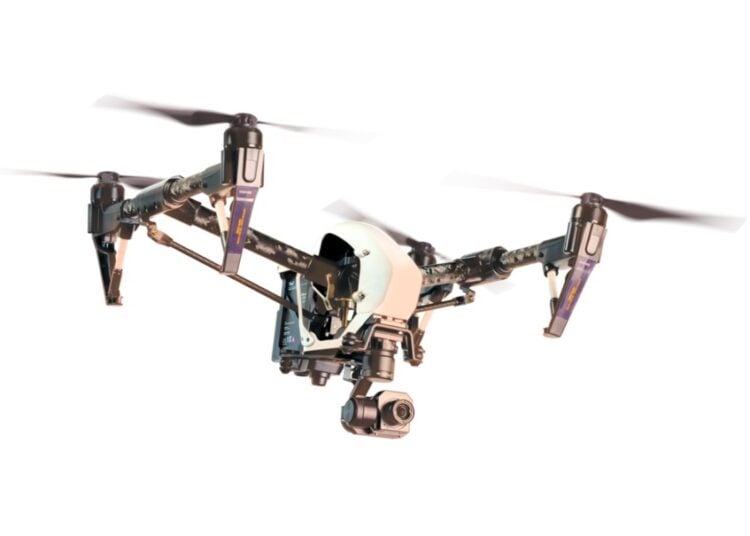Researchers from Spain's Universidad Carlos III de Madrid university have recently begun a collaboration with Spanish telecommunications corporation Telefonica, drone companies Divisek Systems, and Dronitec to evaluate the usage and effectiveness of autonomous drones in the battle against wildfire threats.
The drones within the program will form part of a networked firefighting system using communication towers outfitted with thermal cameras that are linked to the drones.
Each towers thermal camera is capable of detecting the heat signature of a wildfire within a 9-mile radius. The program is designed to autonomously launch a firefighting drone from its base once a fire is detected by a tower's thermal camera to perform in an observation role to transmit footage back to a base station allowing ground based crews to evaluate the size of the fire, it's spread speed and assist in the rapid deployment of both ground and aerial assets needed to fight the fire without having to dispatch a manned aircraft to complete an observation mission.

Although it is unclear which thermal sensor and drone will be used by the team, details available suggest each drone will be equipped with a four sensor system, allowing thermal imagery, optical sensor for real time video transmission, a temperature sensor and advanced communications equipment.
Once thought a novel solution to firefighting, and in the case of civilian/hobby operators, a hinderance - the role of a drone as an autonomous observation platform may save valuable minutes or hours when planning a wildfire response.
Although still not widely adopted around the world currently, the use of drone technology in aerial firefighting is one that continues to grow and gain momentum and will likely play a larger and larger role as the ability of drones such as the type being tested in Spain become more widely accepted and proven on the fireground.






